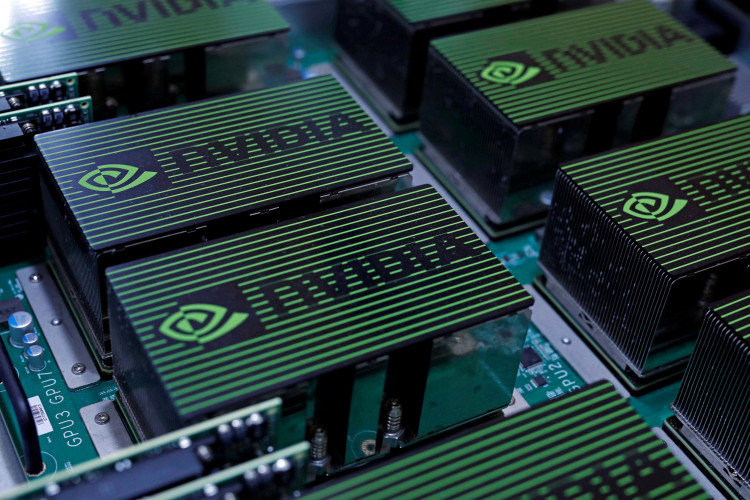Tech company Nvidia recently announced that it is porting all of its artificial intelligence (AI) and high-performance computing (HPC) tools to support the ARM CPU architecture. The announcement was made at the International Supercomputing Conference held in Frankfurt, Germany.
Over the past few years, the ARM architecture has been busy integrating itself into the data center market. It has made its way into vendors like HiSilicon, Cavium, and a handful of other companies. With Nvidia's latest announcement, ARM may have boosted its presence into the scene. Leveraging Nvidia's revolutionary Graphics Processing Unit (GPU) technology, ARM will no doubt make a major impact in the data center market.
Due to a number of bottlenecking factors, the HPC and AI industries have heavily relied on GPU acceleration rather than traditional CPUs for computing power. At the forefront of this revolution is Nvidia's CUDA technology, which has now encompassed a number of tools, frameworks, and platforms of Artificial Intelligence. Furthermore, 22 of the top 25 most efficient supercomputers - including the top two - are using Nvidia's GPU acceleration technology for computing power.
Prior to working with the ARM architecture, Nvidia has partnered up with Intel in order to support the latter's x86 architecture, as well as IBM's. By adding ARM into the fray, Nvidia has essentially unified all three major architectures into a single platform.
In terms of popularity, the x86 architecture continues to dominate the server market to this day. In order to bridge this architecture with IBM's Power processors, Nvidia built a new platform that uses its NVLink technology.
Nvidia's decision to work with the ARM architecture is quite simple. ARM is well-known for its power efficiency and scaling performance. Because of these impressive factors, ARM is a prime option when building large data centers and AI platforms. ARM is also the architecture used to manufacture all smartphone system-on-chips.
A number of vendors also presented their samples of the ARM and server platforms. Among those that presented their samples are Ampere, Marvell, HPE, Mellanox, Cray, Atos, and CSC. The European Processor Initiative, Julich Supercomputing Center, and Riken Center for Computational Science have also shown their support to the recent announcement.
Experts believe that while Nvidia's foray into the ARM architecture will not have a significant impact in the near future, it is an important milestone in the field of computing. Nvidia's move simply highlights how the company invests not only towards its future but the future of the industry as well.






